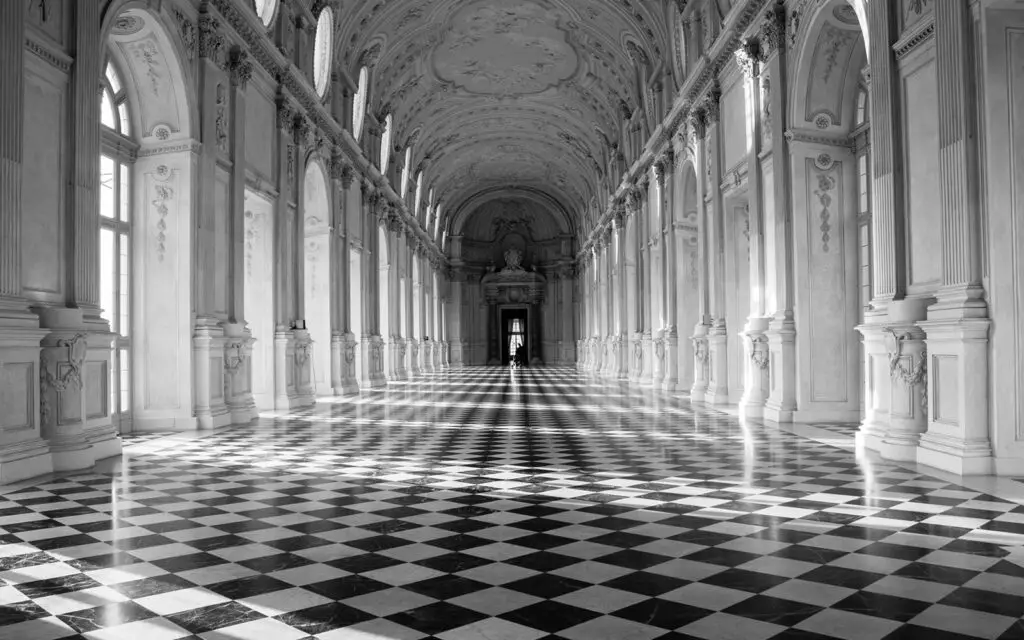
From the famous Langhe to the shy Gavi, the evolution of the region begins with family farms.
“My husband Andrea's family has owned a house in the country near Cuneo for more than five hundred years, which has always been used as a summer residence. Twenty-seven years ago we decided to move from Turin and live there all year round, to manage the farm and raise our children in contact with their roots, ”he says. Francesca Galleani d'Agliano de Palazzaso Estate. And now that the children are studying outdoors, he has decided to revitalize the living rooms and bedrooms by opening up to hospitality. “We have created a two-bedroom rural house, always open, except in July and August, when all the family members arrive. The idea is a journey through time through objects, books, walls that tell the story from all angles ”. Francesca takes care of the guests from arrival to departure, accompanies them to visit the park, the company, sets the table with old services and organizes cooking and photography workshops with Mimi and Oddur Thorisson, the culinary blogger she and the photographer he, who for a few years have moved with their eight children from the Médoc to Turin, madly in love with the region. With stories of families transforming and modernizing agricultural businesses, Piedmont has as many as you want. As the Ceretto, was born as a winegrower in the 1930s and has become an exemplary wine estate. Vignaioli is certainly a strict definition for them: the production of Barolo and Barbaresco comes from a culture of respect for a particularly generous land like the Langhe Roero. In wine, countless factors are added: the choice of organic, the rigor of the method, the competence of the family winegrower (Alessandro Ceretto), continuous investment, patronage in art and training, the ability to look beyond his own. yard. Extremely, the wine is tastier and the Piazza Duomo restaurant, in Alba, obtained three Michelin stars, because the Ceretto family participates in great current affairs, collaborates with theUniversity of Gastronomic Sciences of Pollenzo, invite international artists such as David Tremlett and Sol LeWitt to create the Barolo Chapel, and renowned architects to design an underground cellar, culminating in a futuristic observatory over the vineyards (the Acino).
La Rossi Cairo Family instead, he converted his Tenimenti tobiodynamic agriculture. We are talking about one hundred and eighty hectares between Gavi and Novi Ligure, which include the vineyards of Cortese and Barbera, the winery, the centuries-old cereal fields and two natural lakes. It is a working farm where Fassona farmers live, horses and cows graze and there is even a small Steinerian kindergarten. But the project is evolving. In 2017, theLa Raia farmhouse and inn, in the authentic country style that people love today: few rooms, interior decoration mixed with historical pieces, star chef (Tommaso Arrigoni) in the restaurant. Designed as a mini-resort, it also has a spa with a swimming pool lying on the grass among spikes and wildflowers. The Rossi Cairo are convinced that a bucolic context brings well-being to the guests, and the works of art scattered throughout the area invite to stop in the places, to encourage reflection and the discovery of an unknown Piedmont .: To the south, towards the Trails of the Maritime Alps, and north, towards the Alessandria region by bicycle, to reach the XNUMXth century complex of Santa Croce in Bosco Marengo, which, few know, houses a Vasari altarpiece.

